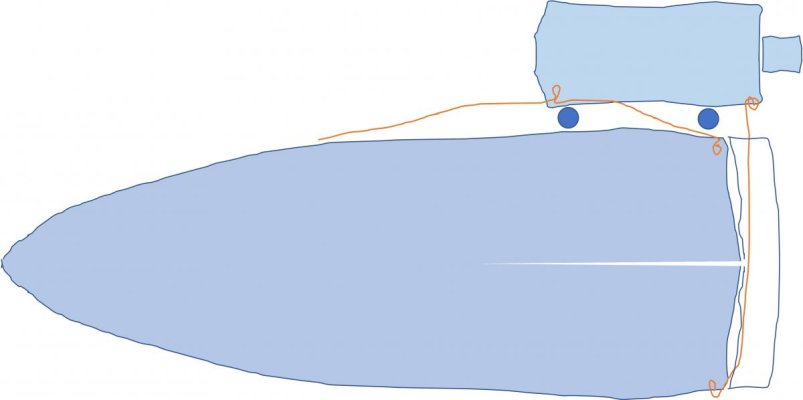One summer (2008) we based ourselves from a mooring in Westport Harbor, MA. Ann's large family has a presence there (Little Compton), it was a lot of fun. Anyway, our first approach, coming over after having anchored off the north side of Napatree Beach near Watch Hill, just before the 4th, was conducted in extremely thick fog, running on instrument almost the whole ways. Lot of folks, including purely by coincidence. Bob McClaren of this and the T&T forum, giving regular visibility, course and position info via VHF, regular sounding of horn. Some of the shenanigans seen on the radar track were hair raising. No way I'd want to be towing a boat in that chaos. One clueless guy in an express zipped not 150 feet off our transom, Yikes. Thankfully when we got to sea buoy to get into Westport, the fog raised enough to make the somewhat tricky entrance easier with radio help from the folks at Tripp's.
We are very familiar with LIS and its harbors and the various islands off MA and RI. As for the pots, you ain't seen nothin' until you spend some time in Maine in high season, particularly coming into various places for the first time. Personally I wouldn't want to be dealing with a tow, especially in summertime fog. I'd keep hearing Clint Eastwood in my head..."ya feelin' lucky? Are ya?"


